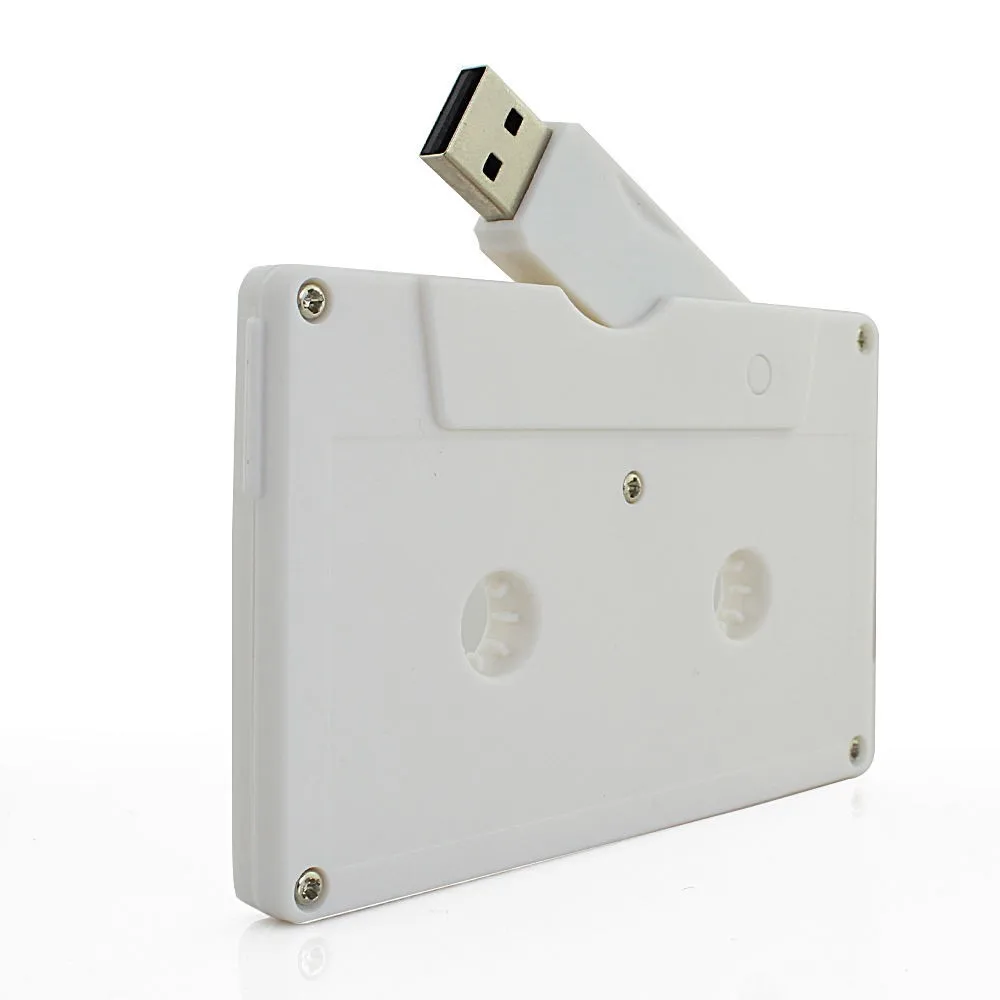

Automatically timed connected file shares before the backup window.Īs tape storage has become less popular, there has been less innovation in this area.File storage on a completely different LAN segment.Sharing files with the backup service account is the only account that has access.However, the physical removal of storage is different from traditional air gaps, so cyber attackers can find and exploit it. Logical Air-Gapping also isolates storage by removing disk access from the host network. Some disk options can emulate this capability through logical Air-Gapping. Tapes can be easily removed and stored offline, a feature often used for air-gapped protection against ransomware.

#USB BACKUP TAPE DRIVES OFFLINE#
In addition to the low cost of tape and the superior performance of disk - are the inherent security features of offline tape storage. Consistently fast recovery may justify more expensive disk storage options in the long run. These are key metrics that organizations use to calculate the monetary cost of data loss and application downtime.ĭisk-based options provide faster backup and recovery than tape, and disks can help organizations meet their RTO and RPO goals. The recovery point objective (RPO) and recovery time objective (RTO) quantify how much data can be lost and how quickly data can be recovered during an outage. However, original cost alone isn't the only important factor in determining your backup method. This is especially important when considering the large amount of data that modern organizations need to back up. However, when comparing head-to-head on a per-TB basis, the tape is always the cheapest storage option. Both tape and disk backup technologies are cost-effective compared to higher-performance solid-state technologies. You need to consider the cost and performance of tape and disk storage. Tape vs Disk Storage: Cost and Performance When start comparing tape backup to disk backup, there are five important factors to consider: In contrast, disk backup involves copying data and other information onto a hard drive for easy access later. Tape backup provides the ability to copy data packets from a hard drive to a tape cartridge for storage, backup, and recovery in the event of a computer crash or other failure. The main difference between the two forms of backup is the medium on which the data is backed up. Notable types are hard disk drives (HDDs) containing non-removable disks, floppy disk drives (FDDs) and their removable floppy disks, and various optical disk drives (ODDs) and related optical media. It is a general type of storage mechanism in which data is recorded by applying various electrical, magnetic, optical, or mechanical changes to the surface layers of one or more rotating magnetic disks.ĭisk drives are devices that implement this storage mechanism. A tape drive must physically wrap the tape between the reels to read any particular data.ĭisk storage is also referred to as drive storage. Tape data storage is typically used for offline archival data storage. What Is Tape StorageĪ tape drive is a data storage device that reads and writes data on magnetic tape. The following is about tape vs disk storage.įirst, let’s see basic information about tape storage and disk storage. As the cost of HDDs has fallen, disk storage has become a worthy backup competitor. Tape storage has long cemented itself as a natural backup tool by providing low-cost storage where performance wasn't a priority. This post from MiniTool provides information about tape vs disk storage. To determine which technology is the right choice for backup targets in your organization, consider the advantages and disadvantages of each technology. Both tape and disk technologies have proven their usefulness as data backup storage media.


 0 kommentar(er)
0 kommentar(er)
